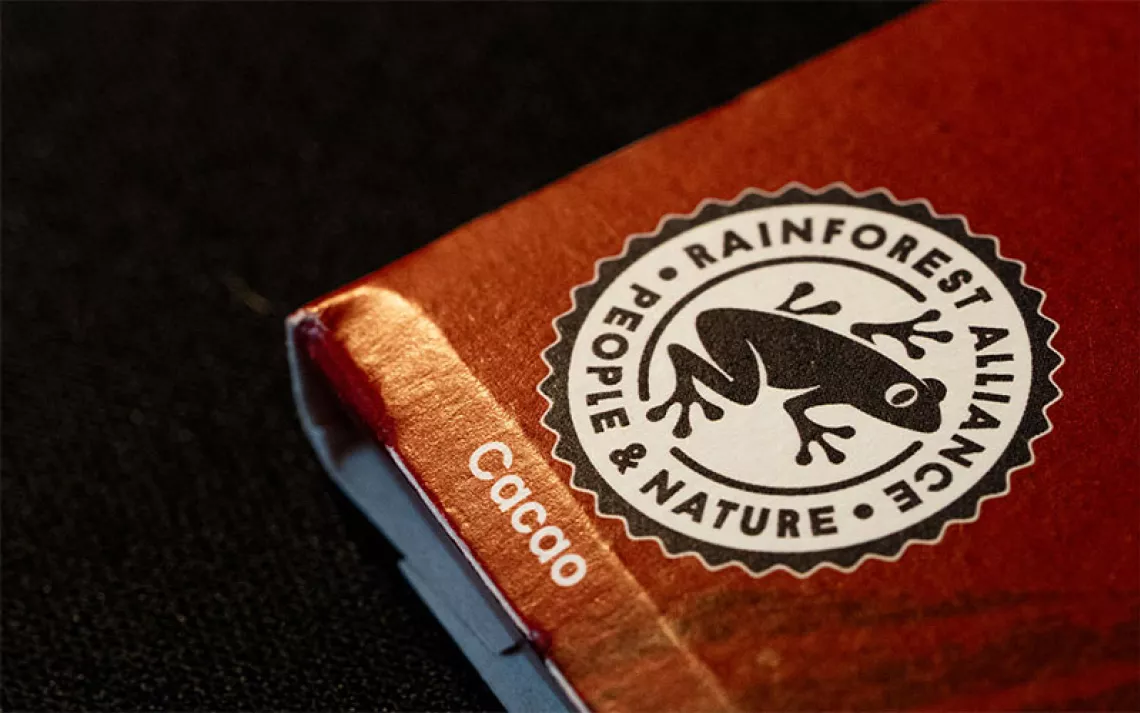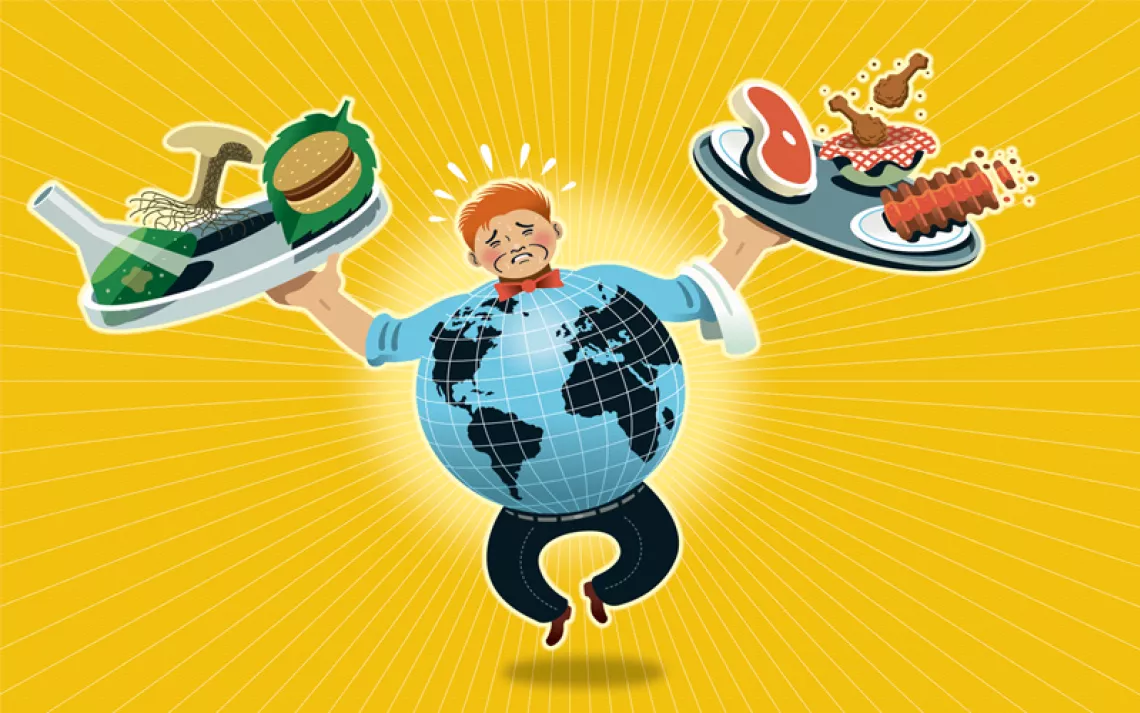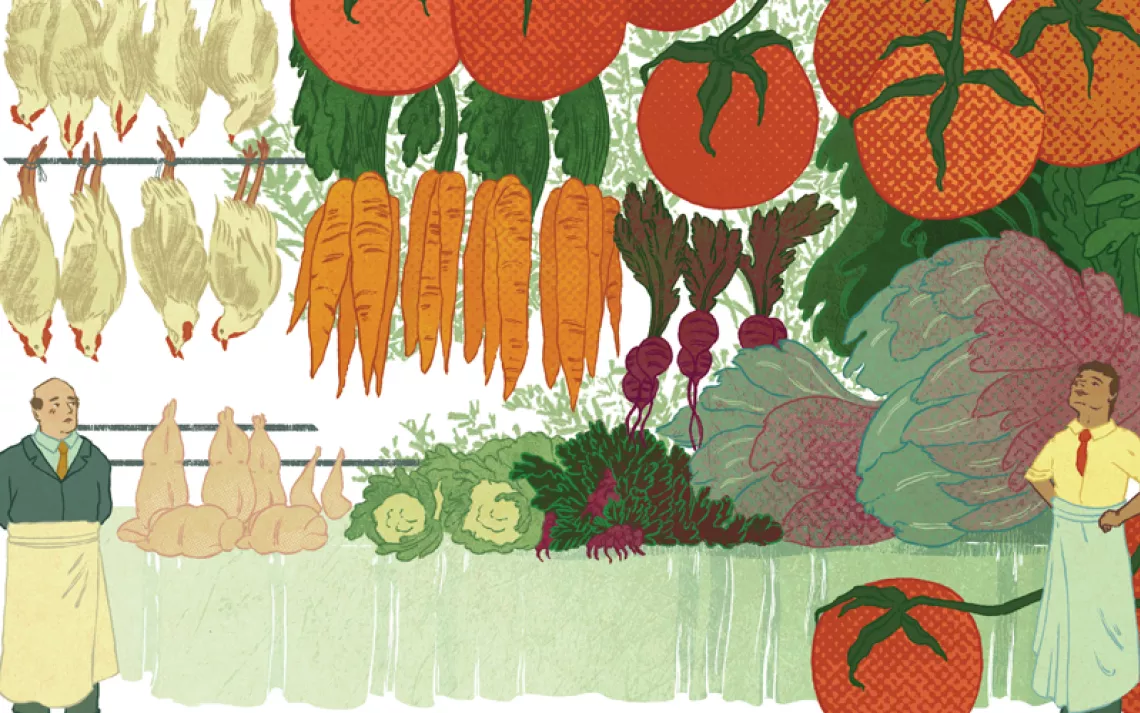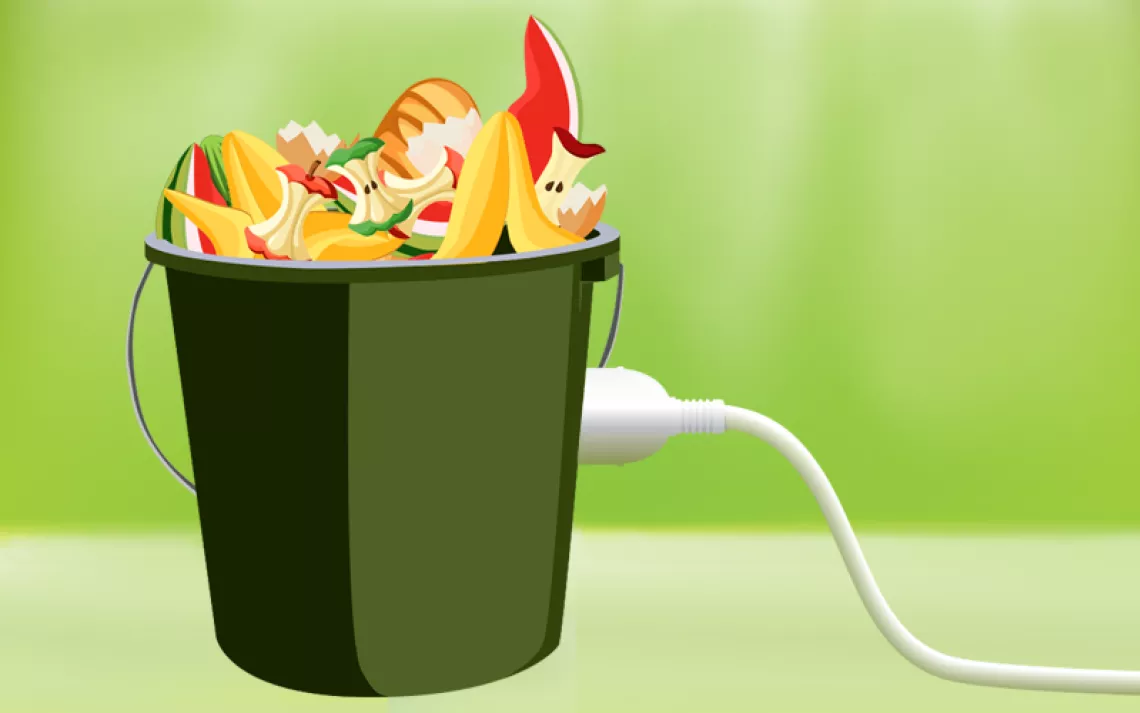The Art of Modern Foraging
Your next big discovery could be right in your backyard
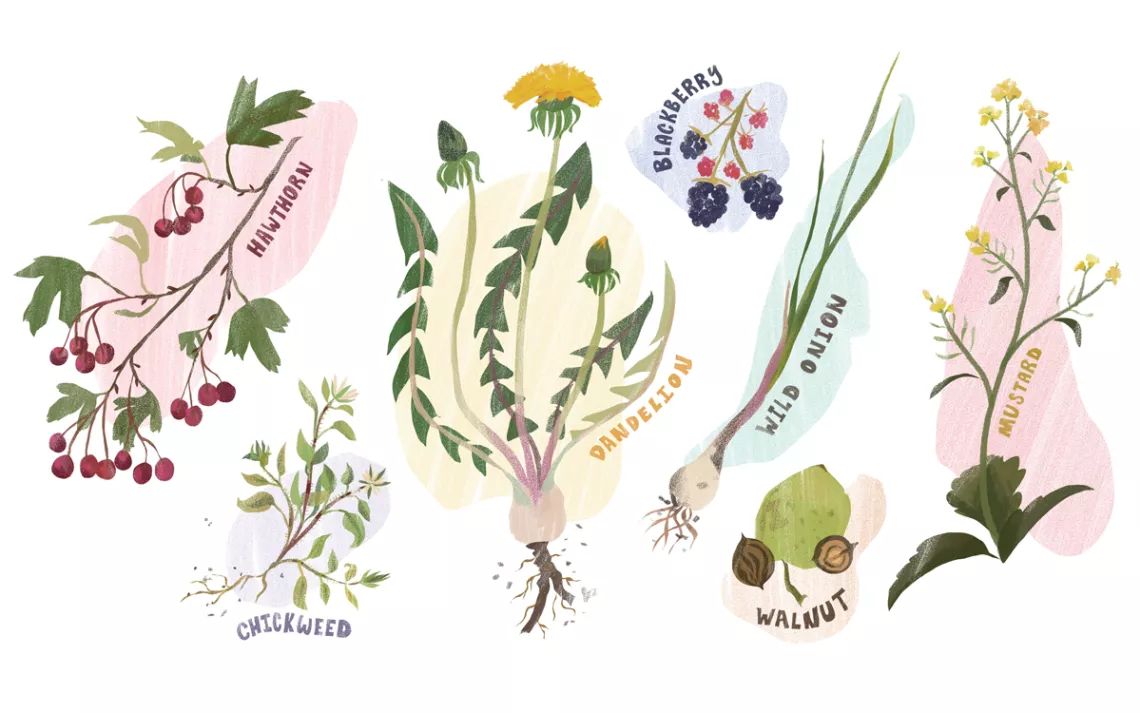
Summertime for me brings back childhood memories of backyard harvesting. Inspired by books like My Side of the Mountain, I used to search for edible plants: sassafras for tea, wild cherries for pies, and walnuts for snacking. I learned the hard way that walnut juice stains your hands. I didn't know it, but I was participating in the millennia-old act of foraging. The practice is about more than free food and the thrill of the search—it's an opportunity to engage with local ecosystems and learn more about the species in your area. Beyond deepening your connection to nature, responsible foraging also helps reduce waste, not to mention your reliance on grocery store produce and herbs.
Modern Foraging
While today only a few hunter-gatherer groups live off what they hunt and gather, foraging has been a common human practice for hundreds of thousands of years. Members of the working classes depended on it to supplement their diets up until the 1800s. Thanks to these traditions—along with intel from contemporary botanists and mycologists—modern foragers can access extensive catalogs of edibles, often in the form of handy apps like Forager's Buddy and iNaturalist. Chances are that no matter where you live, you'll find naturally growing and uncultivated plants, fungi, and insects to eat.
Do your research before popping anything into your mouth.
Know Before You Go
When scouting spots, be wary of areas near roads or industrial sites that could be contaminated with pollutants, and avoid harvesting plants near farms or lawns likely treated with pesticides and herbicides. Start by seeking out commonly found harvestables—like wild onions, berries, and apples—then carefully cut them from the stem or branch and avoid damaging nearby plants or fungi. Be aware that not all wild plants may be consumed raw. Do your research before popping anything into your mouth.
What to Pick
While many Americans live within walking distance of edible wild plants such as hawthorn berries, yarrow, dandelions, and chickweed, "most people have no clue how useful these plants are in terms of food, fiber, and medicine," says Lynn Landes, founder of Wild Foodies of Philly. Among the free online resources listed on her organization's site, Landes names Plants for a Future as a particularly reliable directory, thanks to its extensive descriptions of plants fit for consumption. She also recommends Eat the Planet because it includes details on bugs and mushrooms to eat and avoid.
Fallingfruit.org maps forageable plants and indicates whether they're on private or public land. Many universities encourage staff and students to nosh on campus flora, and some, like the University of California, Berkeley, and Bowdoin College, have dedicated foraging clubs. At the Bay Area's California School of Traditional Hispanic Herbalism, Charles Garcia passes on wisdom learned from his mother, a curandera (folk remedy healer). Garcia points out that many forageable plants have dual uses, such as stinging nettle, which can be eaten or made into anti-inflammatory salves and extracts, and Pacific blackberry, a tasty plant whose leaves treat diarrhea. Garcia tells his students, "Only harvest what you absolutely need. You cannot take a whole patch."
Foragers to Follow
Among the Millennial and Gen Z foragers who've taken to social media, perhaps the most famous is Alexis Nikole, or @blackforager, an Ohio-based outdoors educator whose Instagram and TikTok feeds abound with recipes and sustainable harvesting guidelines. Nikole touts an "honorable harvest" mindset—collecting only what you need, expressing gratitude by giving back to the earth (like composting), and harvesting only from legally permissible areas. "If something's surrounded by poison ivy," she cautions followers, "permission not granted!" Environmental activist Robin Greenfield (@robgreenfield) returned to his homeland in northern Wisconsin to document on YouTube his attempt to forage 100 percent of his diet. "I have a desire to live deeply connected with this earth," Greenfield says. "And I find that connection through foraging." Beyond harvesting about 100 types of plants, Greenfield has learned how to collect wild rice from the Anishinaabe people, make milk from nuts, and harvest salt from the ocean.
Ethics and Etiquette
Foraging laws and regulations—generally designed to reduce damage to topsoil and avoid disruption to wildlife and gaps in vegetation where invasive species can flourish—vary by state and dictate what you're allowed to take. "Being in a city, you have to follow the rules," Landes says. "[Park management teams] don't want you digging up plants." She says that volunteering during city parks' weed-removal days can be a great way to legally source larger quantities of dandelion, mustard, and Japanese knotweed, which are routinely removed before they overpower neighboring plants.
Which brings us to another aspect of foraging etiquette: People tend to safeguard certain high-value plants. "If you're into mushrooms," Landes warns, "those people keep their sources and locations pretty secret." So don't rely on experienced foragers to point you to the best spots. Rather, get in the habit of taking a moment to look around when you're outside—who knows what natural wonders you'll uncover on your own?
Don'ts
» Never forage on other people's property without permission.
» Don't collect, uproot, or destroy rare or protected species.
» Avoid harvesting before plants or fungi are mature (plants should be ripe; fungi become firmer and fleshier as they age).
» Never take more than needed for you or your family.
» Don't destroy the entire plant.
Dos
» Check local laws and regulations for public parks and spaces.
» Don hardy footwear, long sleeves, pants, and gloves. And bring a sturdy knife, a digging tool, and a basket or bag for collecting.
» Leave plenty behind—at least two-thirds of the plant's leaves and fruits.
» Know and go slow—correctly identify species, and consume only one at a time
to avoid potential allergic reactions.
» Share with friends! Have a fruit tree that produces more than you can use? Invite others to collect what's left.
 The Magazine of The Sierra Club
The Magazine of The Sierra Club
